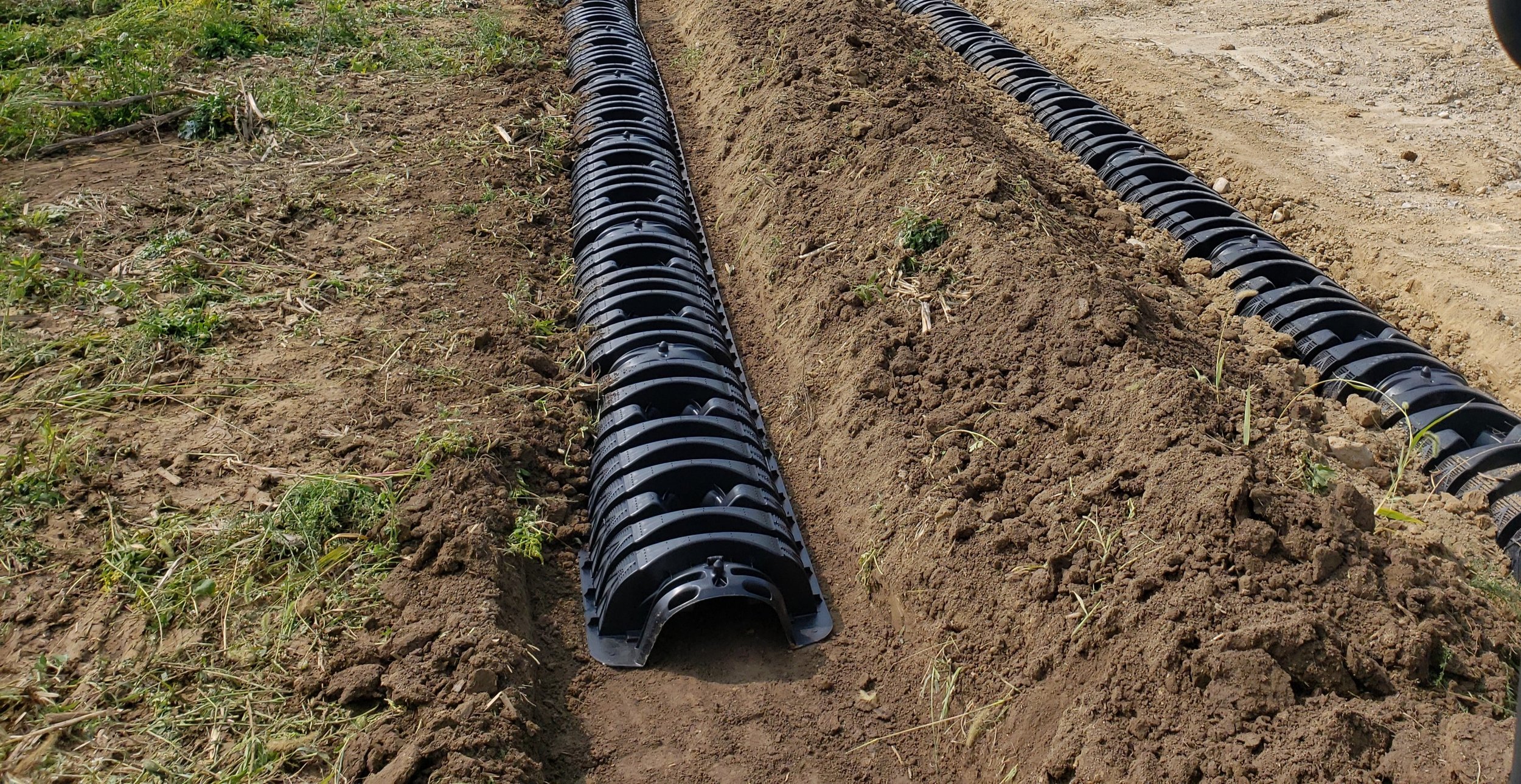
Private Sewage Systems
-
The sewage treatment system (STS) program is designed to ensure new and altered systems are permitted, designed, and installed in compliance with all current state and local laws. The program strives to educate sewage treatment system owners on proper and necessary operation and maintenance to prolong the life of their system and prevent public health nuisances.
-
The LCHD permits and inspects all new or altered Household sewage treatment systems (HSTS) and small flow on-site sewage treatment systems (SFOST) that treat no more than 1,000 gallons of sewage per day.
-
List of Haulers-CLICK HERE (For all new and replacement systems.)
List of Installers-CLICK HERE(For service contracts and repairs)
List of Service Providers-CLICK HERE (For pumping tanks)
Last update-1/30/2025
-
All new, altered, or replacement sewage treatment system designs must have a soil evaluation, that is no more than five years old, completed by an approved soil scientist.
-
The Logan County Health District Operation and Maintenance program strives to educate STS owners on proper and necessary operation and maintenance to prolong the life of their system and prevent public health nuisances. All existing and new STS’s in the county are required to have an O&M permit that renews on a 1, 5, or 10 year period based on the type of system.
-
The Logan County Health District has applied for and received a $150,000 grant from the Ohio EPA’s Water Pollution Control Loan Fund to help low to moderate income homeowners repair and replace failed home sewage treatment systems. Depending on household income and the number of occupants, homeowners with failed sewage systems may qualify for 50, 85, and even 100 percent of the cost for a home sewage system repair, replacement or connection to sanitary sewer.
-
-
